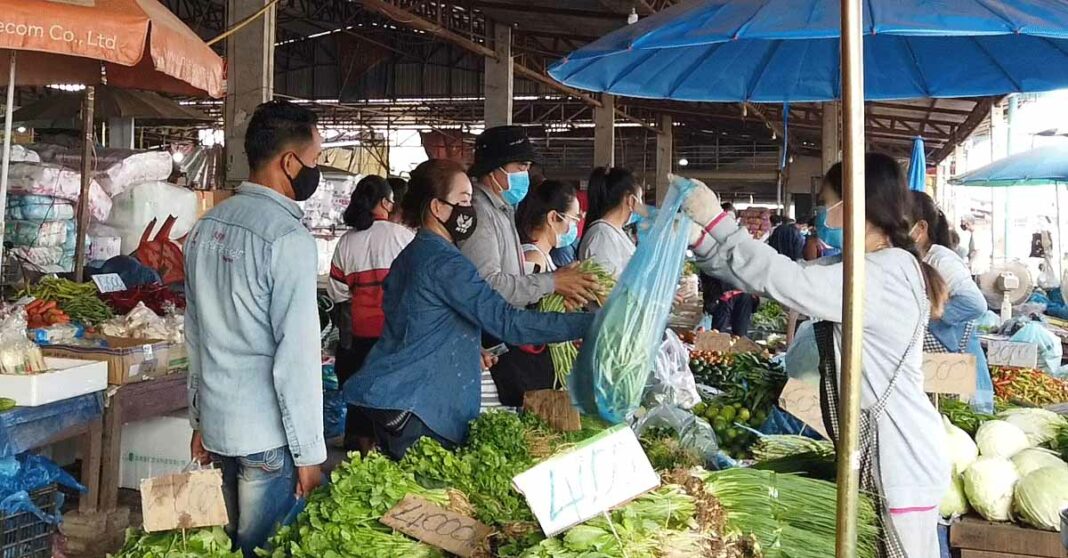According to the Lao Statistics Bureau, the inflation rate has increased by four percent from August’s figures of 30.01 percent to 34 percent in September.
The incredibly high inflation rate has also caused an increase in the prices of food, medicines, fuel, and other essential items. The statistics bureau partially attributes the price rise to a high dependency on imports as compared to the country’s own productivity. Repeated tropical storms which have ravaged crops and farms across the country this year haven’t helped the cause either.
In September, the annual price of rice alone shot up by 45.3 percent, the price of pork went up by 35.1% compared to last year, the price of chicken by 32.1%, the price of fish and seafood by 28.9%, and the price of eggs, cheese, and milk by 35.9%.
Additionally, costs for communications and transportation surged by 2.9% from one month to the next and by 55.9% from one year to the next. In particular, the prices of vehicles, fuel, and transportation equipment all went up by 56 percent, 100.6%, and 64% compared to last year’s figures. The cost of health care and medicines soared by 4.9% in one month and by 44.5 % in one year. The price of medicines and hospital care rose by 50% and 13.7%, respectively.
Cost of education increased by 10.6 percent year-on-year, as did hotel and restaurant prices (24.8 percent), goods and services prices (25.9 percent), apparel and footwear prices (22.2 percent), and housing, water supply, power, and gas prices (22.2 percent) (22.9 percent).
Factors like the Covid-19 pandemic, the Russia-Ukraine conflict and Laos’s substantial public debt have contributed in the 22-year high inflation rate. According to a recent report by the Asian Development Bank (ADB), the Kip’s value fell by 37.4 percent against the US dollar and 32.9 percent against the Thai baht between January to August in official markets.
The government has made attempts to regulate and control the currency exchange rates but the value of Kip continues to dip despite best efforts.



